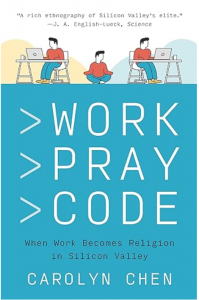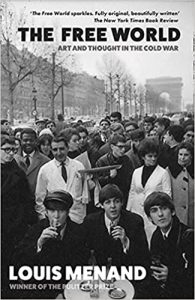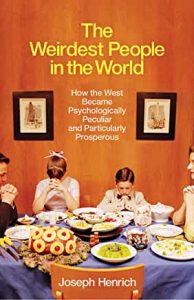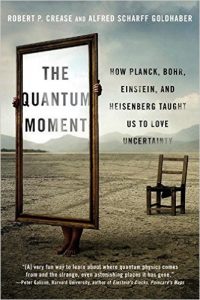Silicon Valley is a fascinating place. This is partly personal: I almost always have warm, sunny weather there, a treat for visitors from London. There are loads of interesting people to meet. Once you get away from the freeways and undistinguished shed architecture, the countryside is beautiful. I’ve been getting there twice a year, learn a lot, and always enjoy the trips.
It is also of course one of the cultural epicentres of the modern world, and not necessarily for the good. Fairly recently I read The Philosopher of Palo Alto, by John Tinnell, which was a glimpse into how different it might have been. My latest read is Work, Pray, Code: When work becomes religion in Silicon Valley by Carolyn Chen. It’s a really interesting ethnography of tech workers, partly – as the subtitle suggests – looking at how their work has become the nurturing community places of worship used to be; but also at the way versions of Eastern religions have been co-opted by tech firms to make their workforces as productive as can be through effectively mind-altering processes.
The first part of this looks at the wrap-around ‘maternal’ employers, whose HR functions in large part are about ordering in healthy food, providing concierge services, making sure the workplace has a gym and a dentist and yoga classes. Many tech workers hardly ever leave the embrace of their campus or HQ. All their life and their effective family is there. If works is life, no need to worry about their ‘balance’. The HR justification is that this wraparound care prevents burnout and makes life less stressful – although of course expecting fewer hours of work would be less stressful too. Chen points out though that the separation of ‘life’ and ‘work’ has been a phenomenon of the industrial age.
The second part is the use of meditation and mindfulness as a deliberate company technique to ensure employees are focused and always at peak productivity. Executive coaching is part of this; senior or high potential employees are taught how to be their ‘authentic’ selves and discover their purpose and passion (which coincides with raising investment funds or shipping new products). I don’t think I have it in me to be mindful, not that I want to completely mock the whole phenomenon; but there is something deeply creepy and late-capitalism about it being your employer who is concerned with your spiritual well-being and authentic self so that you are passionate about your life/work.
Work, pray, code is a very interesting insight into aspects of Silicon Valley work and life. There are lots of individual stories, which is of course fascinating. I found it cast a thought-provoking light on this strange place that has shaped the modern world.




